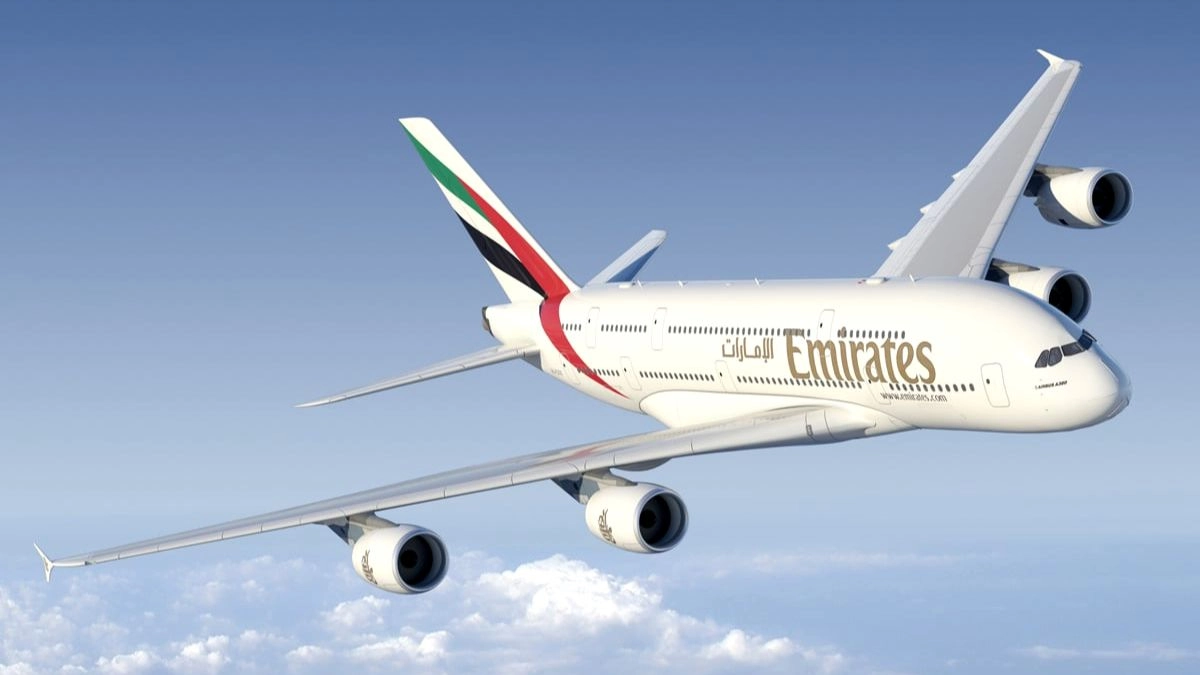News
Emirates Flights From Dubai To London Forced To Take Emergency Diversions

On Monday, March 13, two major airlines declared emergency landings on flights bound for London. The first airline was American Airlines, and the flight originated in New York and ended at Heathrow Airport.
The flight was scheduled to land at Heathrow at 10:35 a.m., but the flight crew declared a general emergency before landing. Because of the emergency, the flight was diverted to Manchester airport, which is about 163 miles north of Heathrow.
Emirates was the second airline to declare an emergency, and the flight originated in Dubai and ended at Heathrow Airport.
The flight was scheduled to land at Heathrow at 11:40 a.m., but the flight crew declared a general emergency before landing.
Because of the emergency, the flight was diverted to Gatwick airport, which is about 29 miles south of Heathrow.
Adverse weather conditions create challenges for inbound arrivals at Heathrow airport
The diverted flights caused some disruption to airline schedules and passengers because they were unable to land at their scheduled destinations.
However, the safety of the passengers and crew is always the top priority in such situations.

According to Aviation Source News, both American Airlines and Emirates flights declared an emergency on March 13 due to wind shear and strong gusty winds.
Wind shear is defined as a sudden change in wind direction or speed that can cause dangerous turbulence and impair flight performance.
Due to the wind shear and gusty winds, air traffic control instructed both flights to enter a holding pattern, which involves flying in loops around the airport while waiting for clearance to land. However, after assessing the situation and considering the passengers’ and crews’ safety, the flight crews decided to divert the flights to alternative airports where they could land safely.
Wind shear and gusty winds can be dangerous to aircraft during takeoff and landing, and flight crews are trained to deal with such situations. To ensure the safety of the passengers and crew, the flight crews made the appropriate decision to declare a general emergency and divert the flights to alternate airports.
Weather conditions frequently disrupt flights, and flight crews are trained to respond appropriately in such situations. The prompt response of the flight crews and air traffic control ensured that the passengers and crew arrived at their destination safely, albeit with some disruption to their travel plans.
The current weather conditions at Heathrow airport are making incoming flights difficult, resulting in a full holding pattern. On the ground, aviation enthusiasts have reported that one plane has circled the South West London airport 13 times, indicating the gravity of the situation.
Weather conditions at Heathrow airport are causing problems for incoming flights, resulting in a full holding pattern. The statement “breezy approach” used by a flyer arriving at Heathrow from Scotland indicates the severity of the weather conditions.
Heathrow airport’s full holding patterns indicate that air traffic control is attempting to manage the number of incoming flights while also ensuring the safety of passengers and crew.
An aircraft is directed to fly in a loop around the airport while waiting for clearance to land during a holding pattern. While holding patterns are not uncommon for flights, the number of full holding patterns at Heathrow is indicative of the severity of the weather conditions.
The incident highlights the importance of flight crews being trained to handle adverse weather conditions during takeoff and landing as well as air traffic control efficiently managing incoming traffic. It is critical to ensure the safety of passengers and crew while also running an efficient airport.
The flight crews made the correct decision to declare an emergency and divert the flights to alternative airports when faced with strong winds and gusty winds.
During adverse weather conditions, flight crews must prioritize the safety of the passengers and crew. This includes carefully monitoring the weather conditions, adjusting the flight plan, and communicating with air traffic control.
Related Topics
🔹RTA Awards Contract For Phase 4 of Al-Shindagha Corridor Improvement Project Costing AED800 Million
If necessary, flight crews may also declare an emergency or initiate an evacuation in the event of an emergency landing.
Similarly, when incoming flights are subjected to holding patterns at Heathrow Airport due to inclement weather, this is done as a safety precaution to manage incoming traffic and ensure safe landings.
It is critical to note that flight crews are trained to handle such situations and make decisions that prioritize everyone on board’s safety. Declaring an emergency or diverting a flight to a different airport is usually the best option for ensuring the passengers’ and crew’s safety.
To be made correctly, these decisions necessitate a high level of training and experience. Passenger and crew safety is paramount in aviation, and flight crews must be prepared to handle a variety of situations to ensure everyone on board is safe.